National Museum of the Bargello
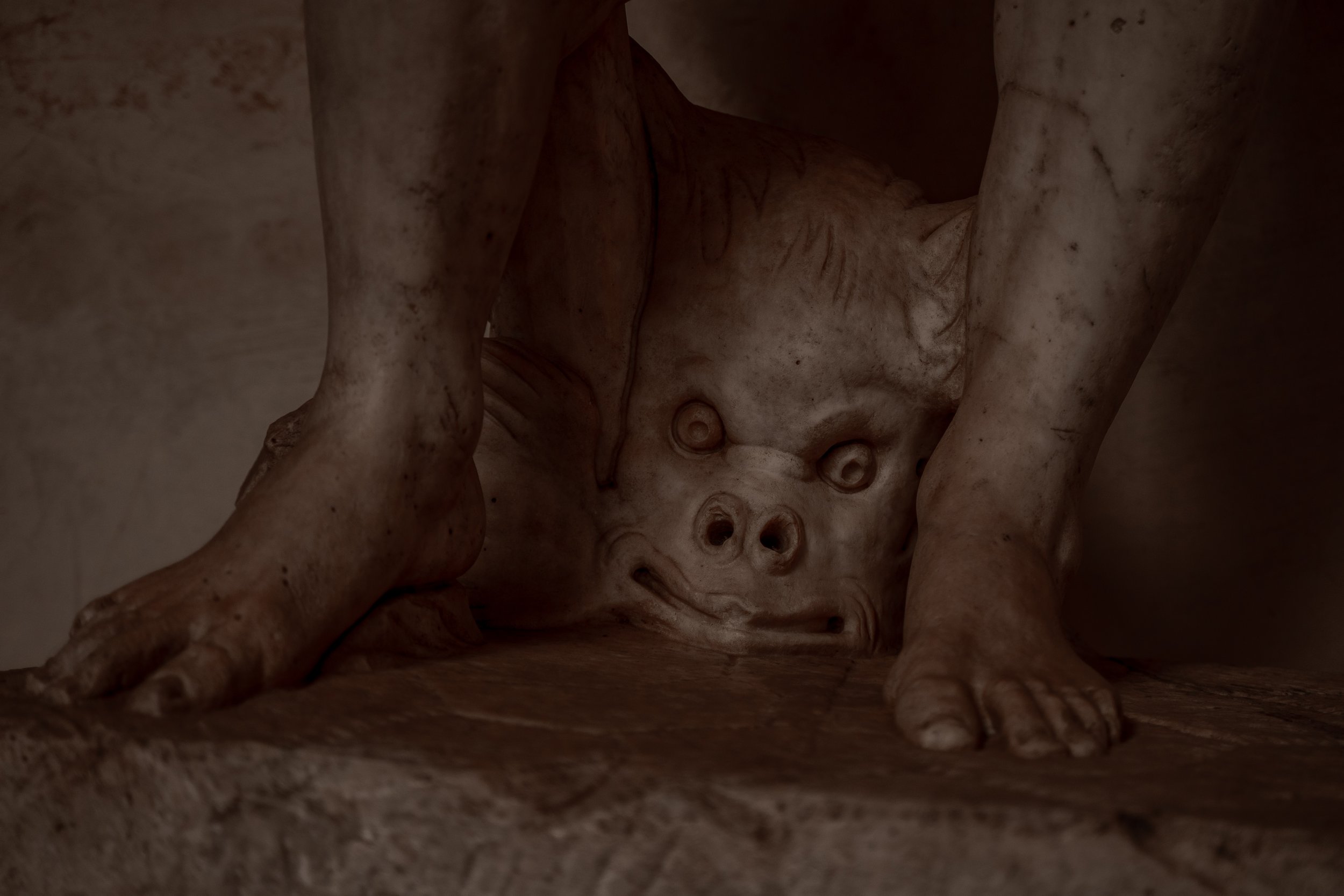
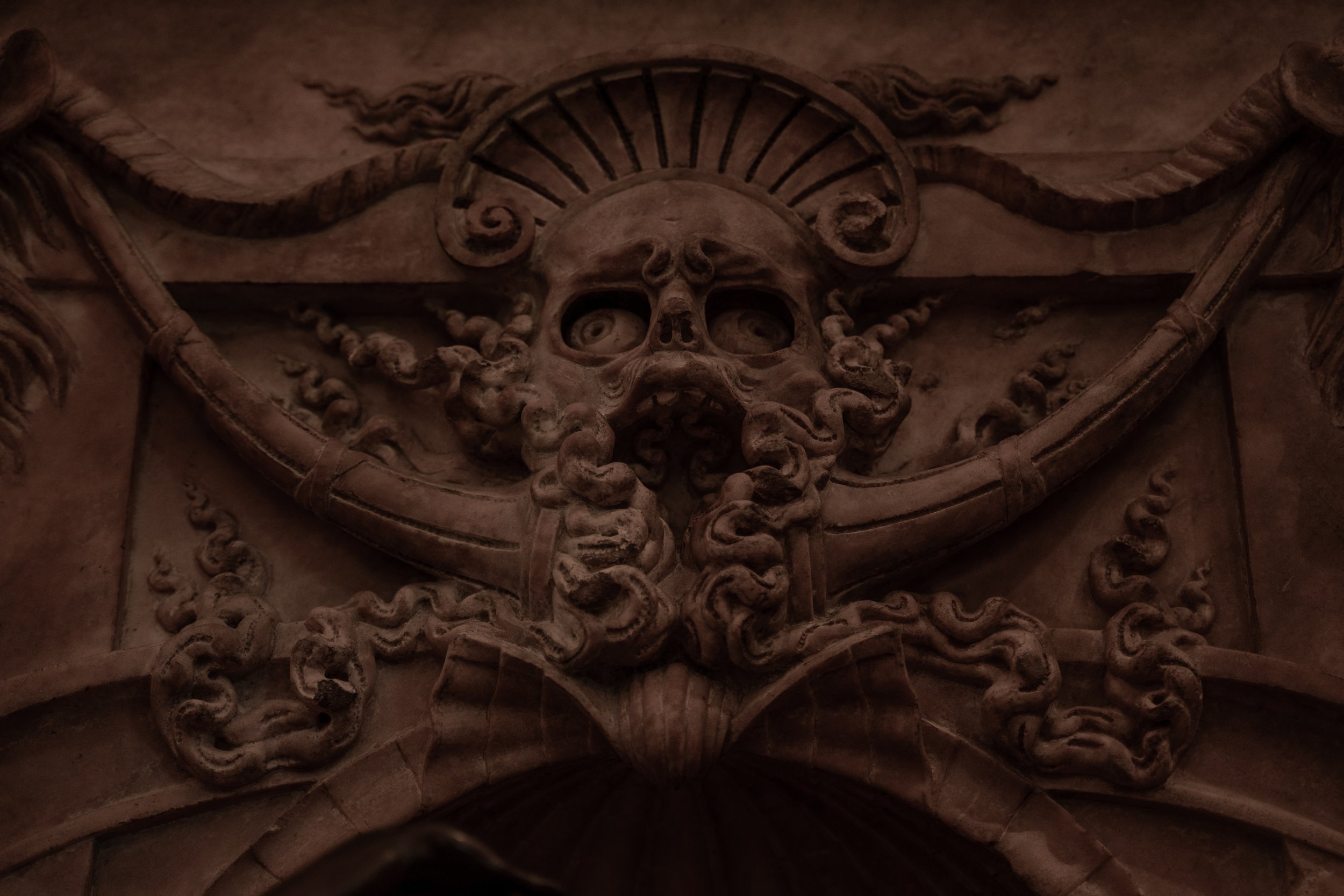

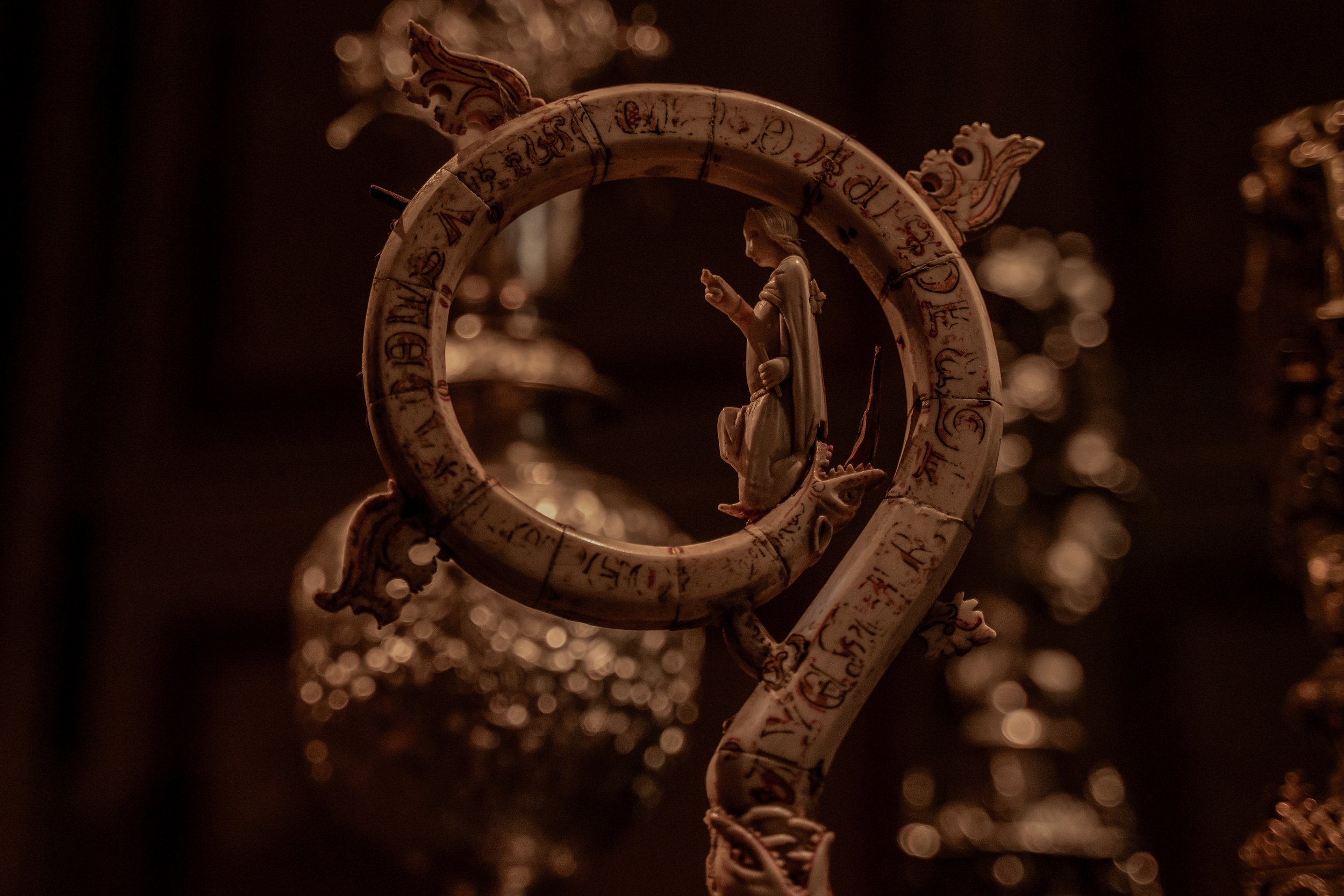
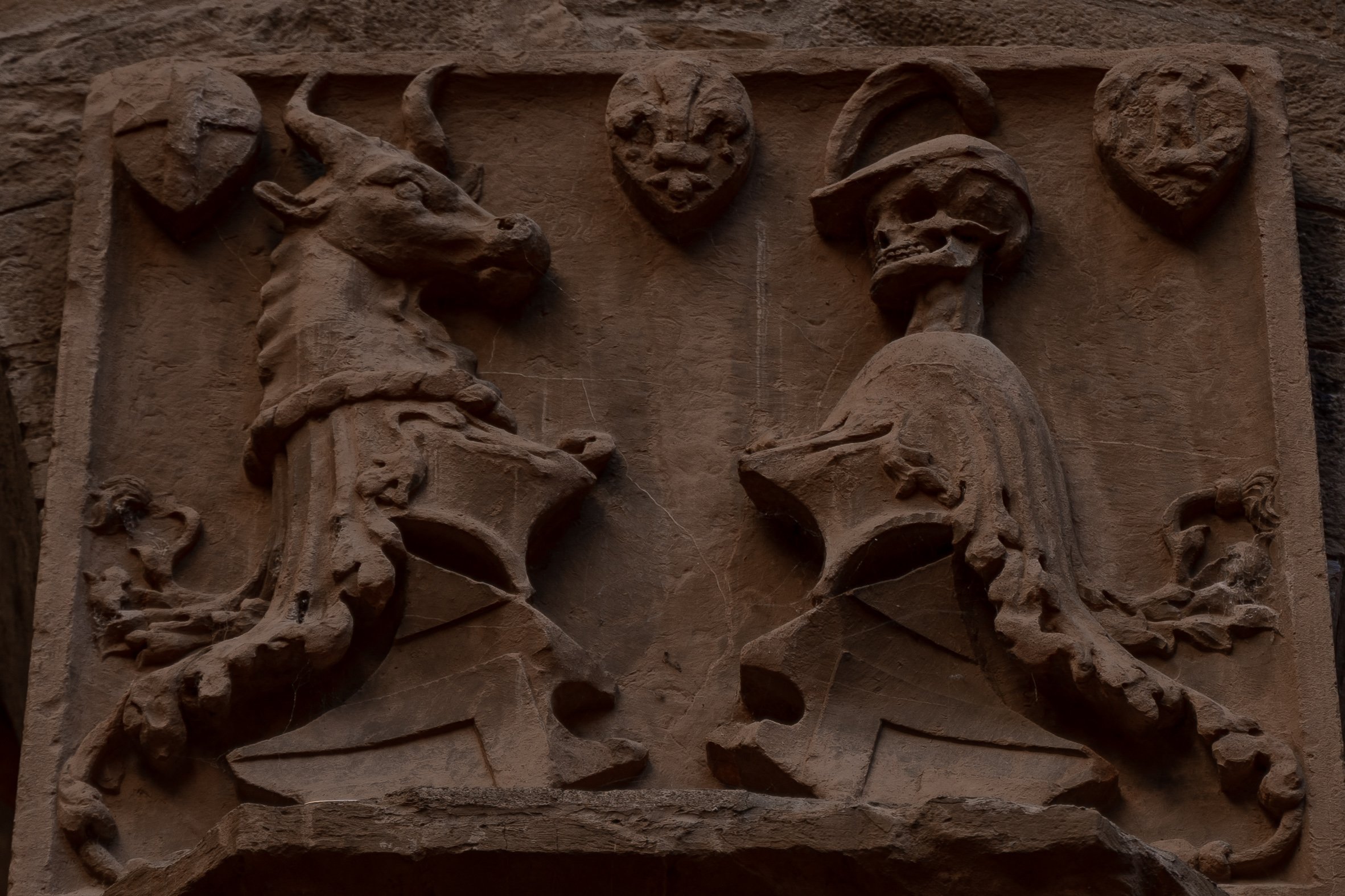
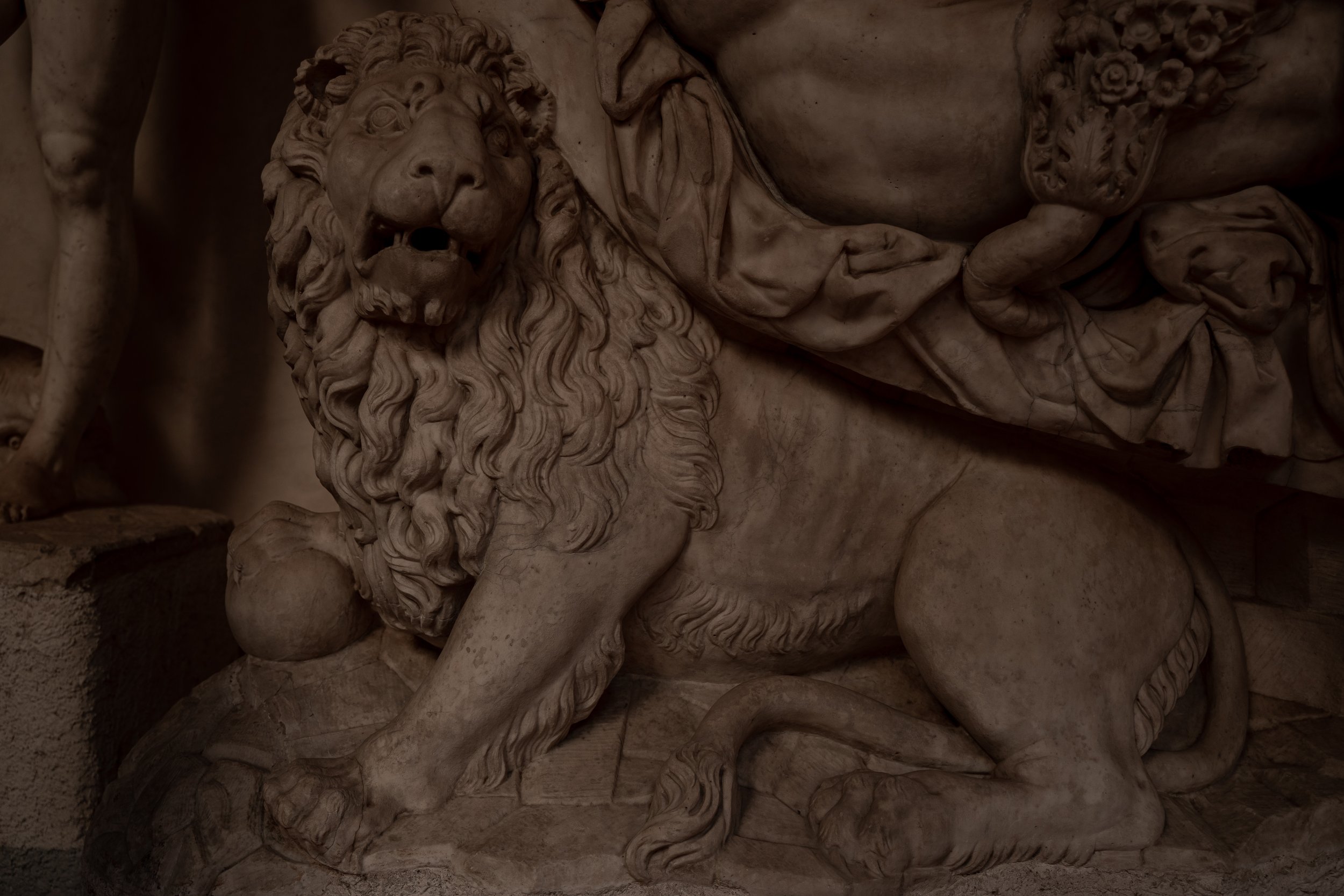
The imposing building which the museum resides within dates back to 1255 when a towering fortress was constructed to act as the headquarters of the Capitano del Popolo (the People’s Captain). From 1574 it then became the residence of the Bargello (the chief of police) and was used in the centuries that followed as an operating prison. The palace is one of the oldest public buildings in Florence and has witnessed many decisive moments in history including executions, fires and sieges.
During the centuries the austere barracks has seen many alterations and extensions before, by order of royal decree, it finally opened as a national museum in 1865. Today, the museum is home to the city’s most important collection of renaissance sculptures including works by Donatello, Verrocchio, Michelangelo and Cellini as well as art from the Middle Ages and examples of Gothic decorative pieces.
As you enter the historic courtyard you can still see the many coats of arms set into the walls which were left by the Podestà (the city magistrates). As well as its interesting walls, the courtyard features 16th century statues by Danti, Bandinelli, Ammannati and Giambologna which can be admired whilst appreciating the tremendous architecture. The Northeast corner allows you access to the Hall of Donatello where you can discover some of his most notable works including the famous bronze ‘David’ made in 1440.
In the opposite corner, the hall closest to the staircase includes marvellous 15th century works such as Michelangelo’s Bacchus and Apollo, which are accompanied by artworks by other famous sculptors. My favourite piece was the original base of Perseus by Cellini, which was brought here for conservation and replaced by a replica on the main monument which can be seen in Piazza della Signoria.
The upper floors unlock even more rich and remarkable collections including hundreds of weapons, textiles, enamels, paintings, jewellery and much more. Many of the artefacts have been donated from the Medici family and by private collectors such as Louis Carrand who gifted more than 2,500 paintings and works of decorative art in 1888.
On the first floor you can also uncover the Chapel of Mary Magdalene which is the room where those who had been sentenced to death said their final prayer before heading to the gallows. The walls are covered with crumbling frescoes attributed to Giotto’s workshop, with the entrance wall said to represent hell and the wall behind the altar showcasing paradise.
The museum spans three floors filled with thousands of artefacts and curiosities so allow yourself adequate time to explore and enjoy one of Florence’s most fascinating locations.
Address: Via del Proconsolo, 4, 50122
